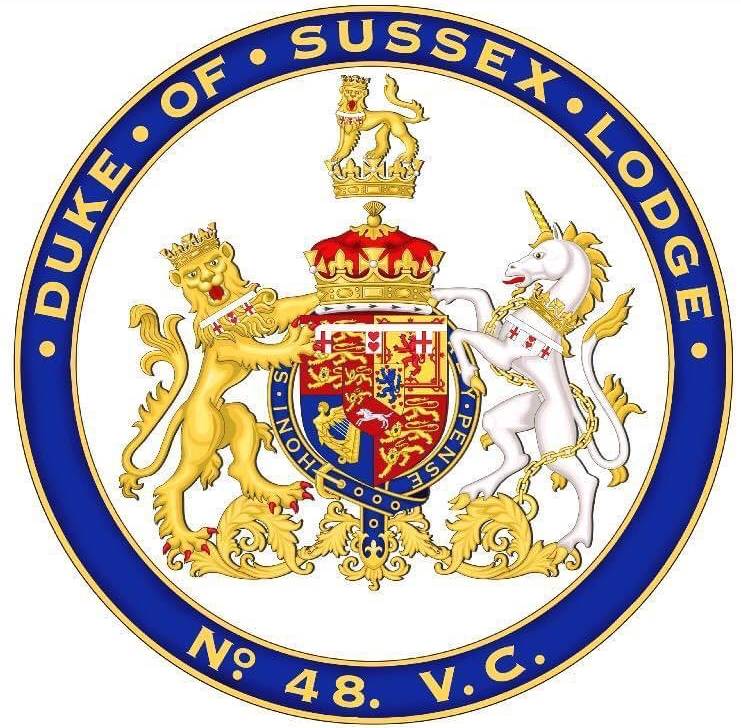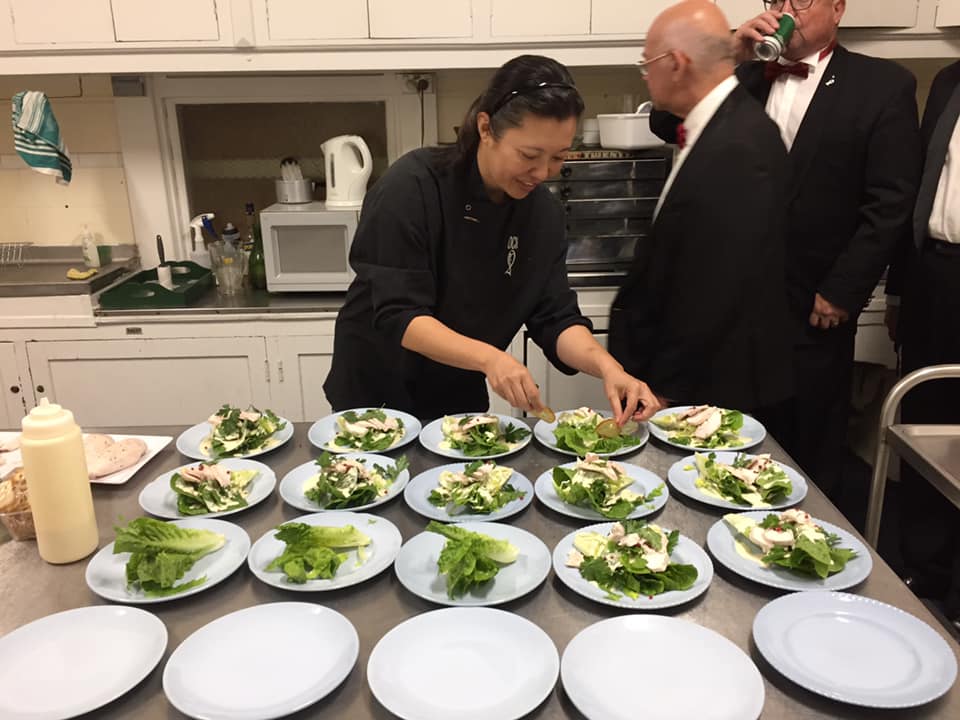HISTORY & HERITAGE
Freemasonry commenced in England in 1717 with the Grand Lodge of England. In 1773 the King of England, King George the Third had the 6th of his 15 children being Prince Augustus Frederick. In 1801 he became the Duke of Sussex and on 27th December 1813 at the age of 40 he became the first Grand Master of the United Grand Lodge of Ancient Free and Accepted Masons of England.
Just 52 years later our lodge was formed in Victoria as Lodge No 1080 under the English Constitution and named after the founder of the United Grand Lodge of England. When the United Grand Lodge of Victoria was formed 24 years later our lodge immediately changed to operate under that constitution and was issued the warrant of Lodge No. 48.
Freemasonry in Victoria

SIR WILLIAM CLARKE

SIR ROBERT MENZIES

GEORGE SELTH COPPIN

SIR EDMUND BARTON
By the 1800s there were more than 100 Lodges all over Victoria. In 1883, the Grand Lodge of Victoria was established to oversee Freemasonry throughout Victoria. Formed in 1889, the United Grand Lodge of Victoria had its first Installation at Melbourne Town Hall with over 6000 Freemasons in attendance.
Freemasonry focuses on personal development and community contributions, so it is no surprise that many of our most influential and notable citizens past and present are Masons. A history of Victoria’s most prominent men is also, often, a history of prominent Masons. Among these are George Brunswick Smythe, namesake of Brunswick Street, and instigator of modern Freemasonry in Victoria, and William Meek, founding Secretary of the Melbourne Club, along with George Selth Coppin who was instrumental in the birth of the Melbourne Hospital and the Royal Freemasons Homes just to name three examples.
Community minded Masons have served in public office throughout Victoria’s history – Victorian Governor Generals, Mayors (such as Charles Brunton, for whom Brunton Avenue is named), and Prime Ministers Sir Edmund Barton and Sir Robert Menzies..
Masons have also made their contributions in other areas too, even the sporting arena – Sir William Clarke, first Grand Master of the United Grand Lodge of Victoria was the man who is responsible for the cricket Ashes. In 1884, after visiting England and watching the Australian cricket team beat England for the first time, Sir William invited the entire English team to his residence in Sunbury. He proceeded to burn the bails from a stump and place them in a special ceramic urn which he then presented to the English team to mark the defeat, and so the Ashes were born. For over 125 years Freemasons in Victoria continue to play instrumental roles in the development of our state.
Reference: Freemasons Victoria
Founding the First Grand Lodge
In the meantime, the popularity of Freemasonry was spreading internationally. Grand Lodges were formed in Ireland in 1725 and Scotland in 1736. By the 1730s Freemasonry had also been exported to the British Colonies in North America and after the American Revolution, Grand Lodges began to form in each of the American states.
GRAND LODGE OF ENGLAND FORMED
GRAND LODGE FORMED IN IRELAND
GRAND LODGE FORMED IN SCOTLAND
UNITED GRAND LODGE OF VICTORIA FORMED
The Origins of Freemasonry
The precise origins of Freemasonry are unknown.
While theories abound, the most widely held belief is that modern Freemasonry evolved out of stonemasons’ guilds in 17th century England. One of many professional guilds at the time, the stonemasons’ guild began to admit members not directly involved in the masonry trade, but whose moral and spiritual ideals were aligned with that of the guild. There are several union and trade organisations today that have grown in a similar manner, which gives this theory credence.
In the 1890s, a hoax was perpetrated by a French journalist, going by the pseudonym Leo Taxil. He published a series of pamphlets and books that made various wild allegations about the Freemasons, full of conspiracy theories and claims of devil worship. On the 19 April 1897, Taxil revealed the hoax (one of a series he had conducted). Records say he was attacked by his audience and needed to be rescued by police – but despite being disavowed and revealed as fiction by the author himself, his works are often the foundation of anti-Masonic claims to this day. The Freemasons suffered persecution under the Nazi regime.
On 8 January 1934, the German Ministry of the Interior under Adolf Hitler ordered the complete dismantling of Freemasonry, the destruction of Masonic Lodges and the incarceration of Freemasons in concentration camps. Freemasons were forced to wear an inverted Red Triangle to identify themselves as political prisoners. It is estimated that between 80,000 and 200,000 Freemasons were murdered.
The end of the Second World War saw a resurgence of interest in Freemasonry, and membership boomed as men looked to maintain a sense of belonging and comradeship. The ideals of mateship, self-improvement, moral action and service to the community found an easy match in the practices of Freemasonry.
There have been many works of fiction that are inspired by Freemasonry, from the Da Vinci Code by Dan Brown to video games like Assassins Creed. Each fictional work creates more interest in the Masons, but can also perpetrate myths and falsehoods, as they tend to concentrate on the fanciful conspiracy theories that have been around almost as long as Freemasonry itself. We enjoy a good story as much as anyone, but we prefer people come and learn the truth for themselves.
Reference: Freemasons Victoria




